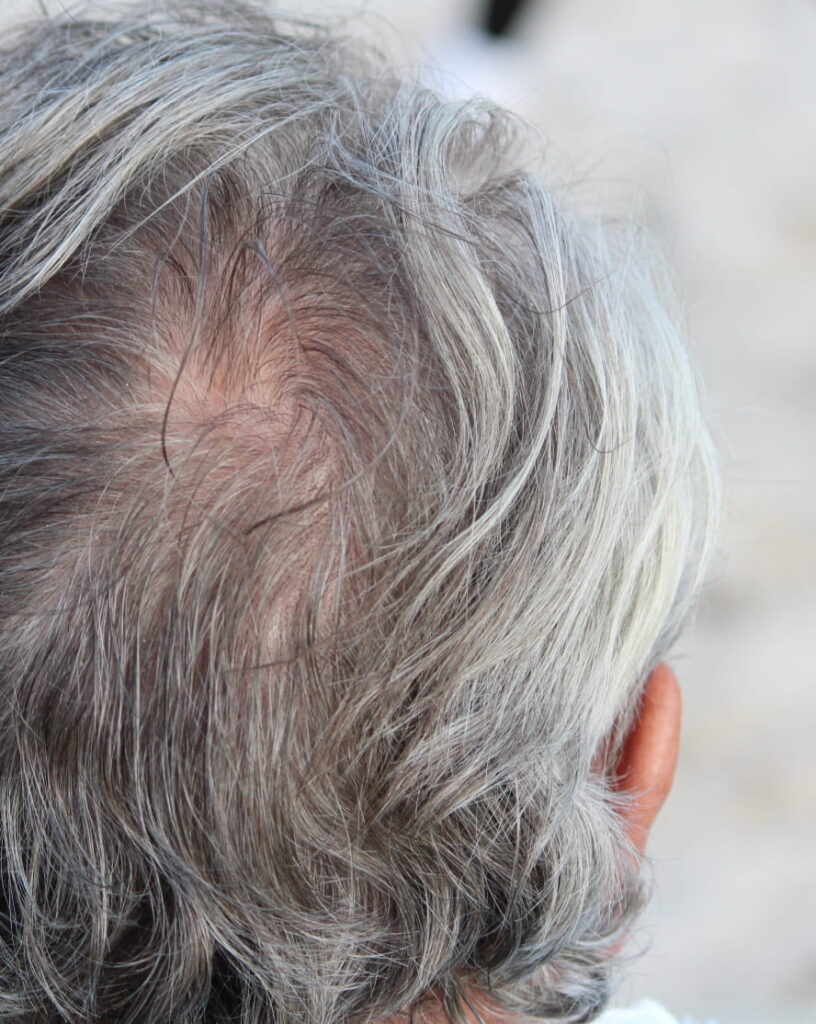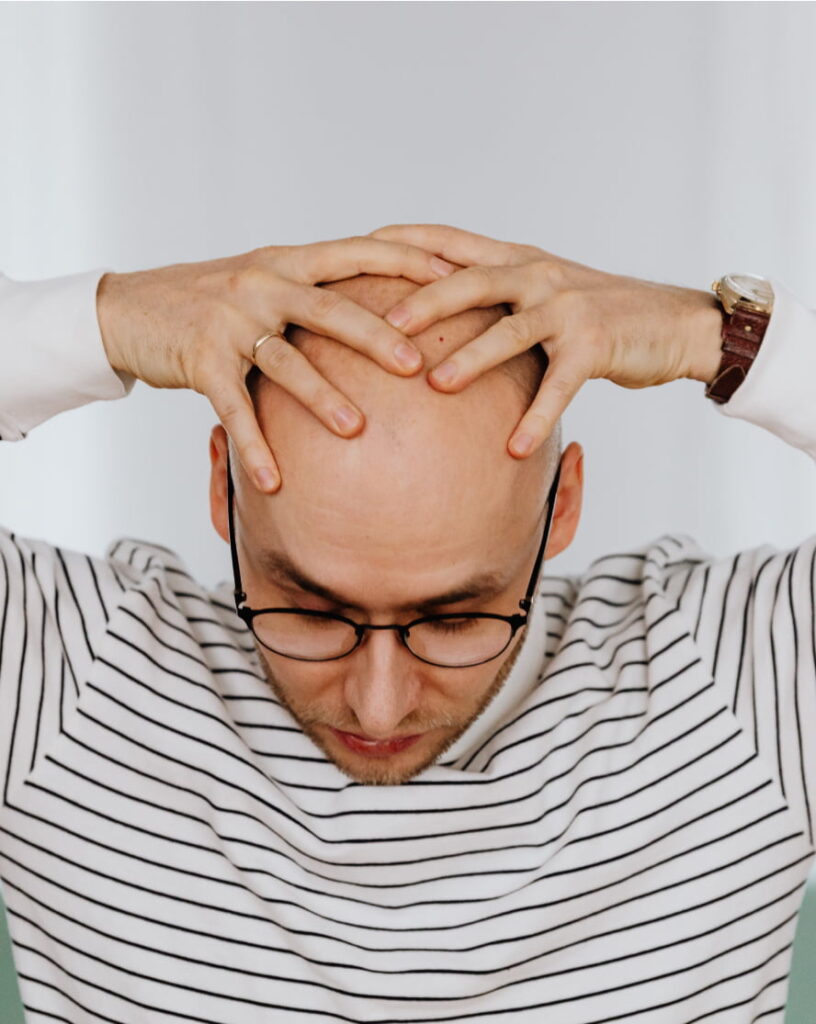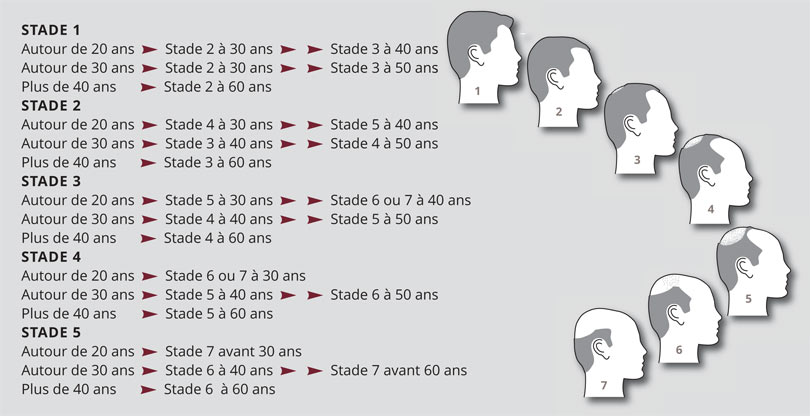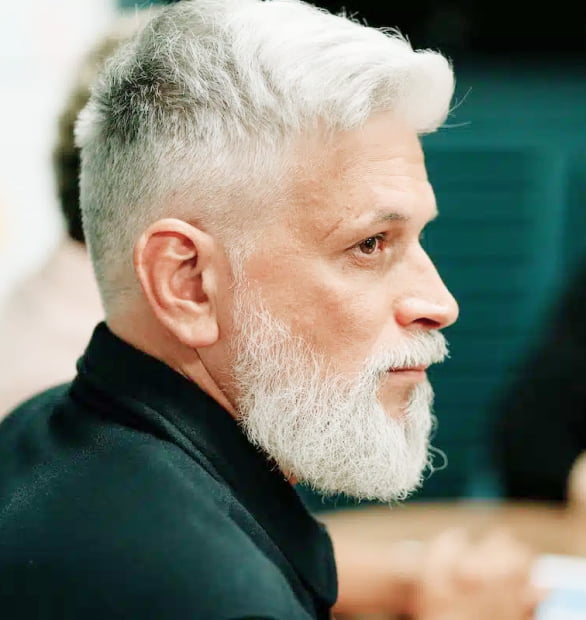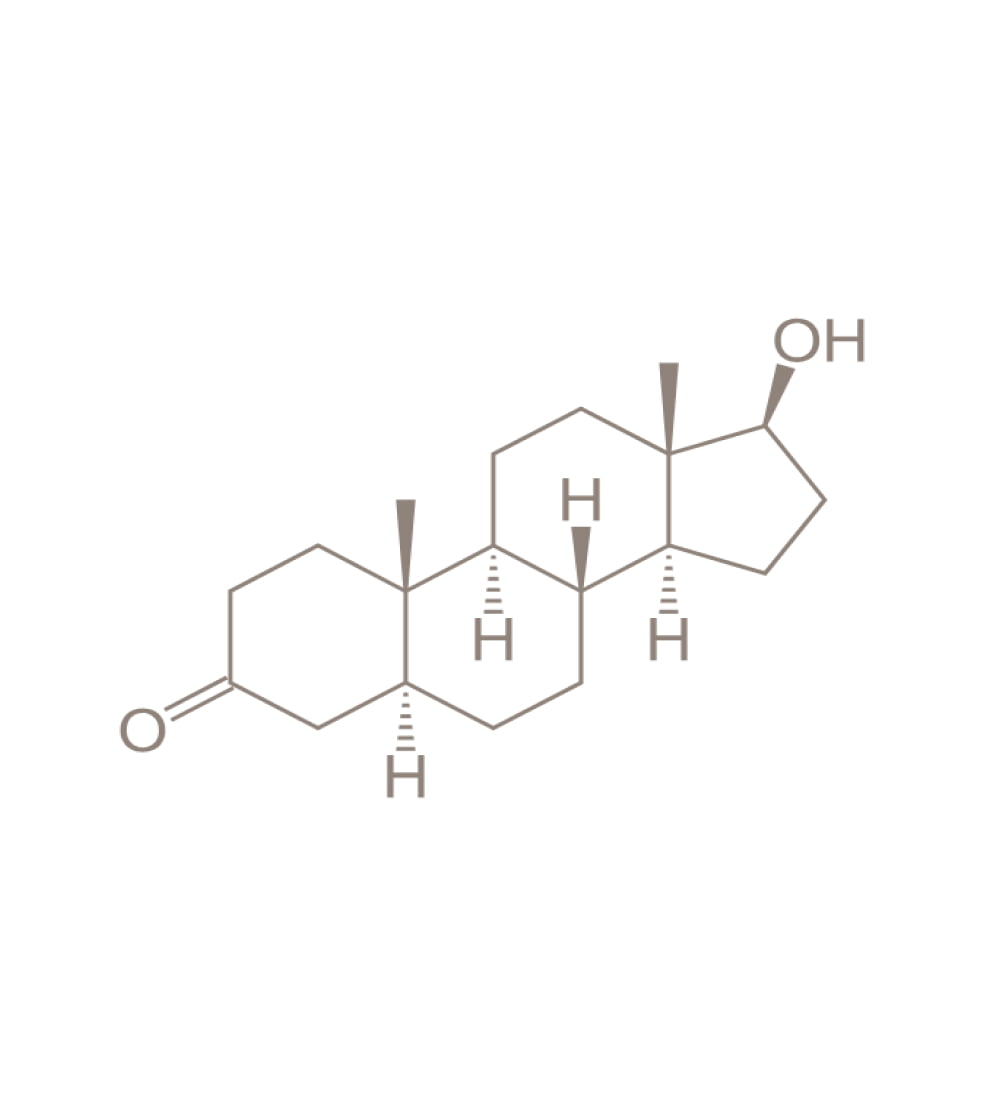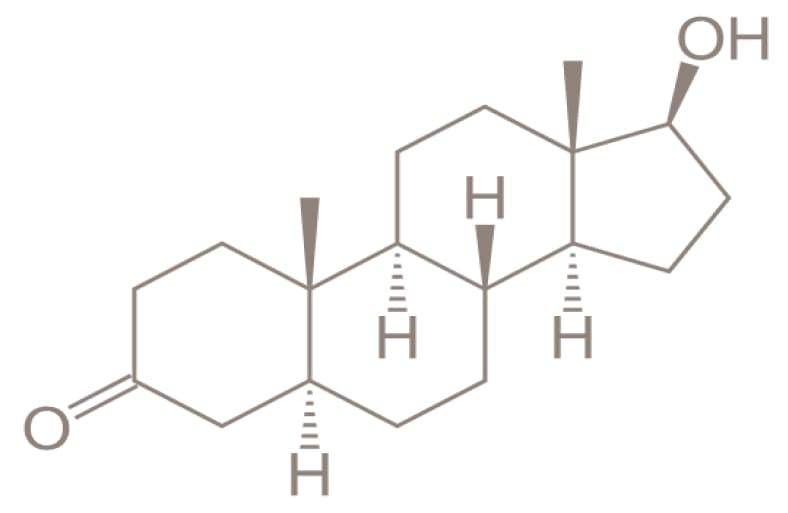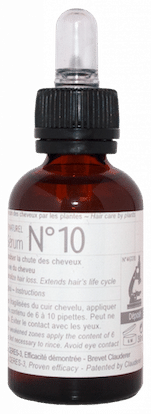From anti-hair loss shampoos to hair transplants, the market is full of treatment options for male hair loss.
No shampoo can be considered an anti-hair loss treatment: hair is born in a hair follicle located under the skin. How can you believe that a shampoo that, by definition, remains on the surface, will be able to act on hair growth? However, a shampoo that is poorly adapted to the skin of your head can be damaging: if it is too abrasive, it can lead to more or less pronounced flaking (dandruff) and itching (the skin 'pulls'). If it is too gentle, the shampoo will not do its job and, if the skin is not properly washed, the pores may become blocked and prevent hair from growing properly.
Often recommended to men to treat hair loss, drugs such as Minoxidil or Finasteride and its derivatives have proved effective against alopecia. Beware, however, of possible side effects.
Frequently performed on men, hair transplants are often seen as a last resort when all else fails. The technique has evolved considerably in recent years and is now widely used. Before having a hair transplant, you are strongly advised to compare the types of services on offer to avoid any possible disappointment.


